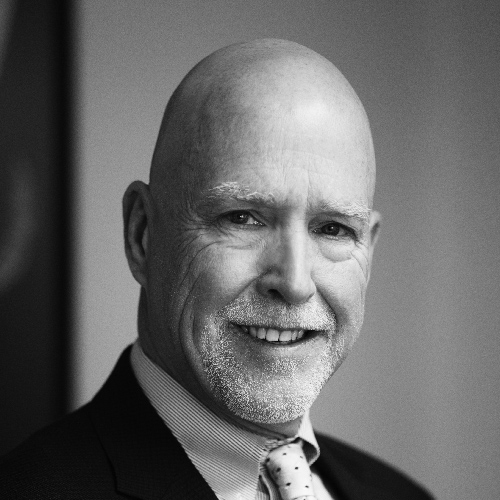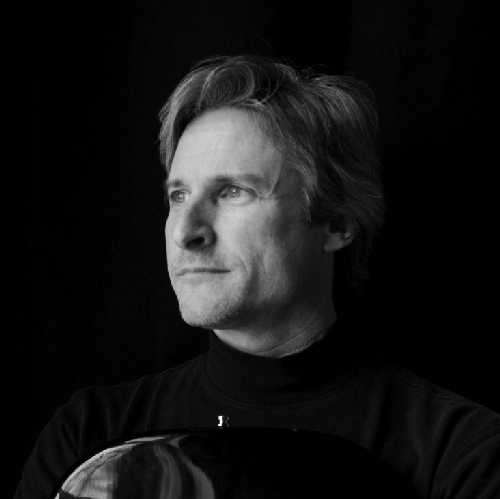Suroor Raheemullah is all about moving to the center. As director, health & wellness and global mobility at Dover Corporation, she is dedicated to making Dover’s healthcare and benefits programs the best that they can be. One of her priorities is establishing centralized control of those programs; the previous decentralized structure was negatively impacting the business, she says. Dover, a diversified global manufacturer of equipment, components, specialty systems, and support services for the energy, engineered systems, fluids and refrigeration, and food equipment industries, has about 17,000 employees in the United States, 11,700 internationally, and 29 different global companies under the Dover corporate umbrella, so centralization of benefits is a tall order. But Raheemullah knew it had to be a priority. When she started, for example, many Dover companies in the United States had different health benefit plans, designs, and costs. That became an employee development and retention issue when individuals moved to a new company and found they had different coverage choices.
“We’re making sure that we are much more consistent, less complex, and more efficient across the board when it comes to employee benefits,” Raheemullah says.
Analytics plays a large role in her efforts to simplify and centralize benefits. Part of this entails comparing Dover offerings to benchmarks established by other companies. But Raheemullah is careful to customize decisions and processes to Dover’s specific needs. “Analytics and benchmarks are great tools, but we have to take a holistic perspective to offer choices that are appropriate to our culture, our people, and the challenges they face,” she says.
“We’re making sure that we are much more consistent, less complex, and more efficient across the board when it comes to employee benefits.”
The analytic, metrics-based focus is being used to create new programs that eliminate less popular benefits. This allows resources to be used for Dover-specific priorities, such as implementing new work site assessments and ergonomic initiatives to help address musculoskeletal issues, which compose the company’s largest healthcare expenditure.
Until recently, the company offered a coaching program to comply with federal regulations for a reasonable alternative standard for its wellness screening and assessment program. This helped affected participants avoid an additional insurance premium fee but allowed them to choose any goal, regardless of whether it was connected to the condition flagged through screening and assessment. (“Sleeping better,” for example, would not directly improve an issue with body mass index.)
Coaching is still offered as a separate optional activity, but the reasonable alternative standard is now addressed through more action-oriented programs managed by Dover’s wellness provider. By choosing fitness, nutrition, or weight management, targeted solutions are tailored to employee needs with the goal of producing the most appropriate results.
Raheemullah is also looking to make improvements in administrative and management processes. Metrics revealed that over 3,500 man-hours were being spent each year on tobacco certification (tracking whether each employee used tobacco during the previous twelve months). By eliminating certification as a separate process and incorporating it into the company’s annual health assessments and wellness certification, the additional time, costs, and effort have been eliminated. It also helped streamline the employee experience, eliminated unnecessary reporting to operating company leaders, and reduced the number of reports provided to supplier partners on a monthly basis.
Connecting With Humor
In many industries, distinct boundaries have existed between corporate executives and shop-floor employees for generations. Suroor Raheemullah experienced them firsthand when she visited Dover’s manufacturing sites to discuss health benefit changes and how they would be administered. “You could tell from people’s expressions and body language that they were hesitating to address the issues directly,” she recalls.
Raheemullah helped diffuse the situation and was able to forge more personal and direct connections through humor. She even prepared material ahead of time. One of her go-to lines became, “You think managing corporate healthcare is tough, try putting three young kids to sleep!”
Tobacco certification is just one example of how Raheemullah and her department are innovating and streamlining by taking a fresh look at existing programs. “Doing something the way it has always been done doesn’t mean there isn’t room for dramatic improvement. These are all changes that were driven by thinking more analytically and challenging the status quo to make meaningful adjustments to our benefits programs and processes,” she explains.
Much of what Raheemullah has achieved can be attributed to her direct engagement with managers and employees. She says that in-person site visits were critical to making efforts successful because they facilitated face-to-face engagement. They also enabled the health & wellness and global mobility team to be seen as working collaboratively with employees to make improvements, not simply issuing decrees from the corporate office.
“We did more listening than talking on-site and didn’t try to solve or correct anything we heard,” she says. “Even in what can be a unique relationship between corporate executives and manufacturing sites, being there to take the heat is part of building a strong relationship.”
Several concrete changes came out of those meetings. Coverage for hearing aids and critical illness expenses, in which beneficiaries are immediately provided with funds that can be used at their discretion when an illness occurs, were both added to Dover’s healthcare plans.
It also became apparent that employees did not fully understand their benefits, how to navigate them, or how to leverage them for maximum benefit. To address those issues, the company implemented CastLight, an online transparency tool that helps employees shop for providers, review providers’ historic outcomes, and compare pricing for procedures. It also launched ALEX, a tool that explains health plans using simple questions and plain language to help guide users when they are trying to choose the most appropriate health plan.
Raheemullah expects that the new technology solutions will be valuable in gaining new insights into how employees use their healthcare benefits. Ultimately, they will also help develop even more customized plans targeted to their specific needs.

